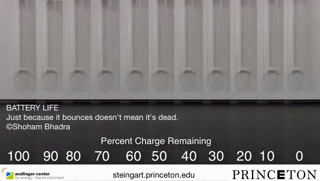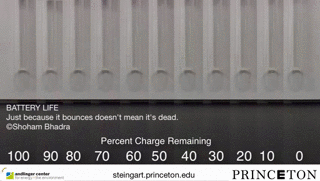- Joined
- Jul 18, 2010
- Messages
- 7,951
A friend posted this on Facebook this morning:
VIDEO: I Never Knew This Simple Test To See If Your Battery Is Dead. This Is Genius! | American Overlook
Just tried it out on my drawer of dead batteries waiting to go to recycling, along with a new battery. It works! Super simple!
VIDEO: I Never Knew This Simple Test To See If Your Battery Is Dead. This Is Genius! | American Overlook
Just tried it out on my drawer of dead batteries waiting to go to recycling, along with a new battery. It works! Super simple!




